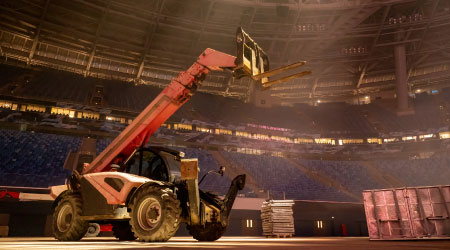Identifying Confined Spaces Minimizes Potential Hazards
Many facilities contain spaces OSHA considers confined because their configurations hinder the activities of technicians working on electrical and HVAC systems, as well as that of other employees who must enter, work in, and exit these spaces. According to OSHA’s definition, a confined space has limited or restricted means for entry or exit and is not designed for continuous occupancy by employees.
Examples of confined spaces include but are not limited to underground vaults, tanks, manholes, pits, and pipelines. OSHA uses the term permit-required confined space to describe a confined space with one or more of these characteristics:
• contains or could contain a hazardous atmosphere
• contains a material with the potential to engulf an entrant
• has walls that converge inward or floors that slope downward and taper into a smaller area, which could trap or asphyxiate a technician
• contains other recognized safety or health hazards, such as unguarded machinery and exposed live wires.
Managers must make sure employees know the locations of confined spaces in their facilities and whether they need a permit to work in the spaces. Employers must provide training so all employees who work in confined spaces have the understanding, knowledge, and skills necessary for the safe performance of the duties in these areas. Managers also must provide training before any changes or deviations in procedures.
Related Topics:


















